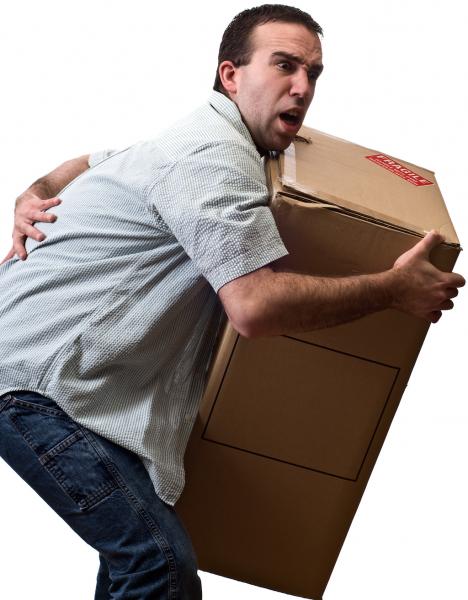
 Problems with the spine are so common that nearly everyone experiences them at some point in their life. Statistics suggest that about 80% of the population will experience back pain, and the older you get, the more likely back pain becomes. Back pain is the leading cause of lost work days in the United States and Americans spend about $50 billion dollars yearly on treatment for it. Low back pain is also the leading cause of disability worldwide.
Problems with the spine are so common that nearly everyone experiences them at some point in their life. Statistics suggest that about 80% of the population will experience back pain, and the older you get, the more likely back pain becomes. Back pain is the leading cause of lost work days in the United States and Americans spend about $50 billion dollars yearly on treatment for it. Low back pain is also the leading cause of disability worldwide.
What Causes Back Pain?
Back pain or backache can be caused by many things. The most common form is pain in the lower back, also known as lumbago. Structural imbalances, caused by poor posture, are a common cause. Excess weight, straining the back by lifting heavy things, muscle tension or spasms and a general lack of physical fitness all contribute to the problem.
Back injuries or osteoarthritis in the spine are sometimes the cause, but most back pain is mechanical in nature. In fact, 54% of Americans with back pain spend their day working at a desk, not lifting heavy objects or doing other heavy work that could injure the back.
Interestingly, 50% of people with chronic low back pain have no structural damage and 50% of people with herniated disk have no back pain. This leads many to believe that back pain has more to do with stress and general inflammation than tissue damage. In the natural world, nutritional deficiencies, poor kidney function and even emotional issues, such as fear or depression can contribute to back problems.
Nerves, Emotions and Your Backbone
Your spine is more than just a structural support that lets you stand upright and move; it’s also a protective conduit for your nerves. Spinal problems don’t just cause backaches, they also interfere with nerve signals, which can create problems throughout the body.
Since the spinal column is closely connected with the nervous system, it makes sense that mood affects the health and function of the spine. A healthy spine is associated with courage and fortitude, as shown by the phrase “show some backbone.” And standing straight and tall is associated with integrity, which is why it is referred to it as uprightness.
If you don’t feel good about yourself, it’s hard to stand up straight or hold your head up high. It’s easier to hang your head, lean forward and slump down. As we’ll explain inside, all of this stresses the back and increases the risk of spinal problems and back pain.
In the sections that follow we’ll discuss both physical and emotional issues related to the spine and share with you some secrets to maintaining a healthy spine, one that is free from problems and pain.
Additional Resources
Crooked: Outwitting the Back Pain Industry and Getting on the Road to Recovery by Cathryn Jakobson Ramin
Fifteen Surefire Tips for Relieving Back Pain (Plus 192 Others, Just in Case) by Andrew Scott Kirschner D.O.
Strategies for Health by Steven Horne
Become a Member
Steven Horne's monthly member program is a way for you to get great information about herbs and natural healing to build your herbal business. Including the ability to share issues of Sunshine Sharing like this one. Click here to learn more.


